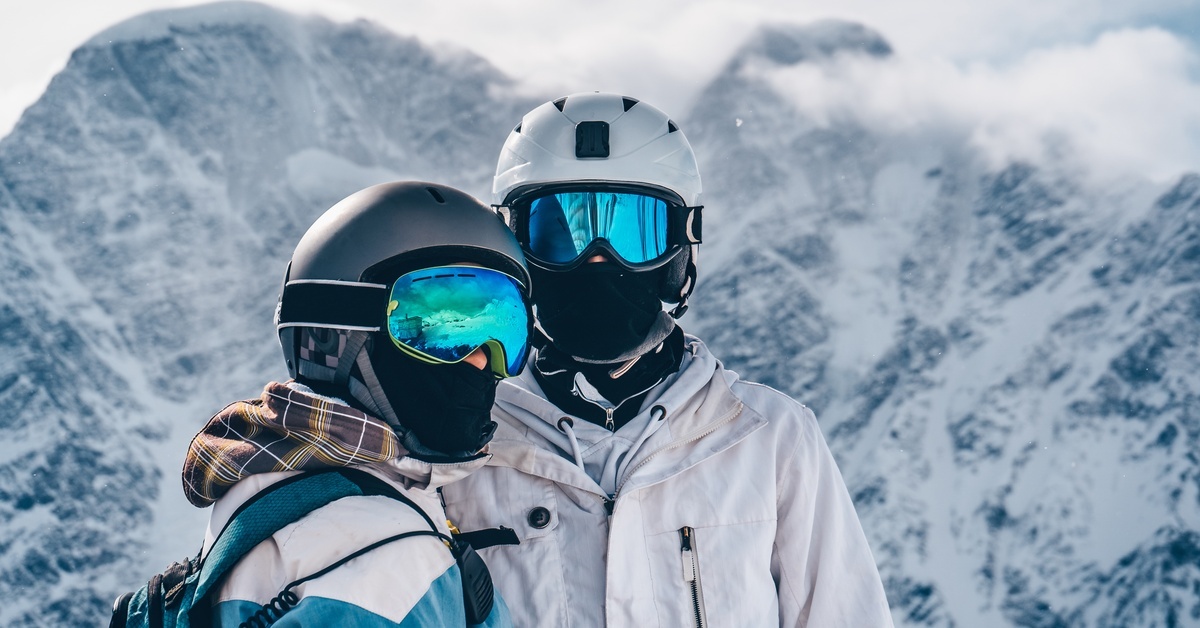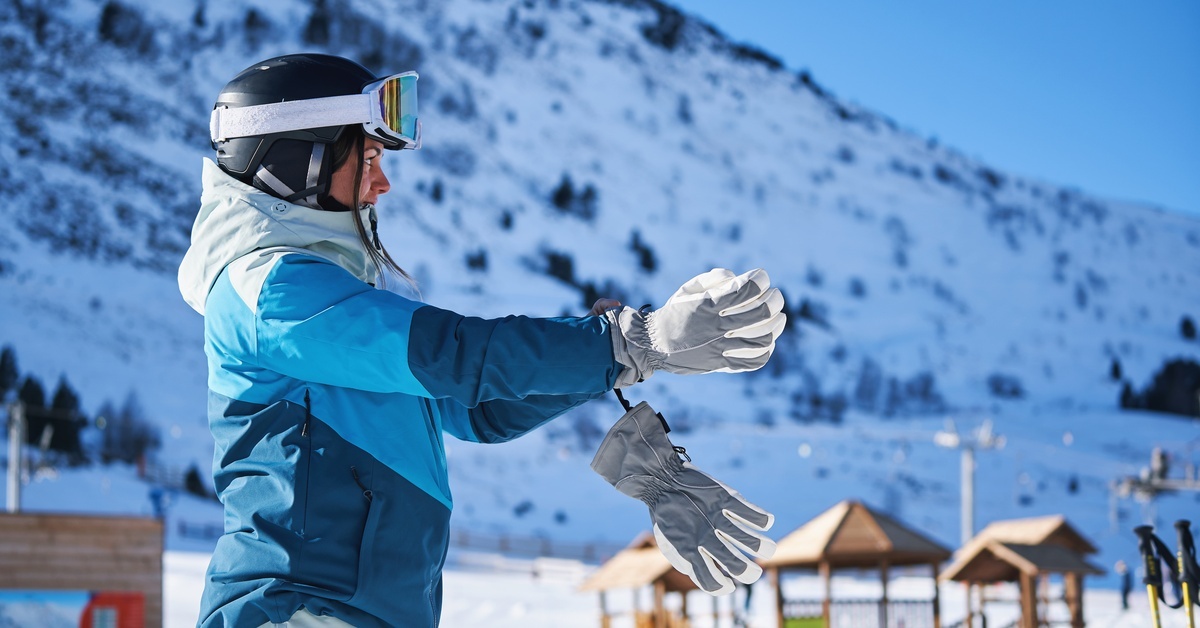Posted by Admin on Nov 19th 2025
Why Layering Matters: Building the Perfect Ski Outfit
Dressing for a day on the slopes is tricky. You start the morning feeling chilled on the first lift ride, work up a sweat by noon, and find yourself shivering again as the sun dips behind the mountain. Finding that sweet spot of all-day comfort comes down to a simple, effective technique: layering.
Layering matters when planning the perfect ski outfit because it’s the best way to enhance your comfort and performance. Each layer has a purpose; when they work together, they create a microclimate that protects you from the elements. The clothing will adapt to changing weather conditions and your activity level. You’ll stay warm, dry, and at ease from the first run to the last.
The Base Layer: The Foundation of Warmth
The base layer is the piece of clothing that sits directly against your skin. Its primary function is moisture management. As you exert yourself while skiing or snowboarding, you sweat. If that moisture stays on your skin, it will eventually make you cold, no matter how insulated your other layers are. A good base layer wicks sweat away from your body, pulling it to the surface of the fabric where it can evaporate.
This process keeps you dry, which regulates your body temperature. For a base layer to perform effectively, it needs to be breathable. Moisture vapor will escape easily.
Materials To Consider
Although cotton is a beloved everyday clothing material, avoid it for skiing adventures. Cotton absorbs moisture and holds it against your skin, rapidly decreasing your body temperature once you stop moving.
Two main material types dominate the base layer market: merino wool and synthetics.
Merino Wool
Merino wool is a natural fiber that has excellent temperature-regulating properties. It can absorb a high amount of moisture before feeling wet and remains warm even when damp. Merino wool is also odor resistant, which is a great benefit on multiday ski trips.
Synthetic Fabrics
Materials like polyester and polypropylene are also highly effective at wicking moisture. They are exceptionally durable, dry quickly, and are often more affordable than merino wool. However, they can retain odors more than their natural counterpart.

The Mid-Layer: Insulation for Fluctuating Temperatures
The mid-layer’s job is to provide insulation by trapping the heat your body generates. This layer is worn over the base layer and under the outer shell. The key to a successful mid-layer is its ability to provide warmth without adding excessive bulk, which could restrict your movement. Adjust the thickness and type of mid-layer you choose based on the day’s forecast.
On cold days, you might select a thick, insulating piece. For warm spring skiing conditions, a light mid-layer or even just a base layer and shell might be sufficient. This adaptability is the core principle of the layering system, allowing you to customize your outfit for maximum comfort.
Materials To Consider
Fleece
Fleece is a synthetic material that’s lightweight, breathable, and continues to insulate even if it gets damp. Fleece is available in multiple weights, from lightweight microfleece to thick, high-loft versions.
Down
Down provides the most warmth for its weight, making it an excellent insulator. It is highly compressible, so it packs down small. The main drawback of down is that it loses its insulating ability when it gets wet, so it’s suitable for cold, dry conditions or when protected by a reliable waterproof outer layer.
Synthetic Insulation
Synthetic fills mimic the structure of down to trap heat. These materials offer a great balance of warmth, weight, and water resistance, as they continue to insulate when wet. While slightly heavier and less compressible than down, synthetic insulation is an adaptable choice to accommodate fluctuating weather conditions.
The Outer Layer: Protection From the Elements
The outer layer is a shield against wind, snow, and rain. There are several elements you’ll want to look for in a quality ski jacket and pair of pants.
Breathability allows the moisture wicked by your base layer to escape. When shopping for an outer layer, you will see waterproof and breathability ratings. A higher number indicates better performance.
Waterproofing keeps moisture from the outside from getting in. Look for options with sealed seams; this feature prevents water from leaking through the stitching.
An adjustable hood that can fit over a helmet, and adjustable cuffs to seal out snow, are also valuable features to look for.
Two-Layer or Three-Layer Construction
A two-layer construction features an outer fabric bonded with a waterproof membrane, paired with a loose hanging liner on the inside. The design is more comfortable for casual wear but may not perform as well in extreme conditions.
On the other hand, a three-layer construction integrates the outer fabric, waterproof membrane, and inner protective layer into a single, streamlined material. It offers superior durability, breathability, and weather protection.

Incorporate the Must-Have Skiing Accessories
When it comes to layering accessories, paying attention to small yet essential items like socks, gloves, and hats can make all the difference in your comfort. Start with high-quality ski socks made from merino wool or synthetic blends to keep your feet dry and warm. Avoid layering multiple pairs of socks, as this can restrict circulation and create discomfort.
For gloves, consider inner liners that provide extra warmth. You’ll need gloves that don’t have a bulky design, so you can maintain your grip on the ski poles.
Similarly, a snug-fitting hat or helmet liner made from lightweight, insulating material ensures heat retention while maintaining breathability. These layered accessories will help you stay cozy and focused during your outdoor adventures.
Putting It All Together
Building the perfect ski outfit is about creating a flexible system that works for you. By carefully selecting all three layers and pairing them with adaptable accessories, you will stay comfortable and focused on the slopes, no matter what the weather brings.
Shop Yeager’s Sporting Goods
When you’re ready to build or update your layering system, having a good selection of quality gear is essential. At Yeager’s Sporting Goods, our online ski shop and Bellingham store have a wide assortment of base layers, mid-layers, jackets, and pants.
Not to mention, we have an incredible selection of ski gear and accessories. Find a high-quality ski bag, anti-fog goggles, and sturdy helmets from trusted brands. We have everything required to help you conquer the mountain in comfort and style.

